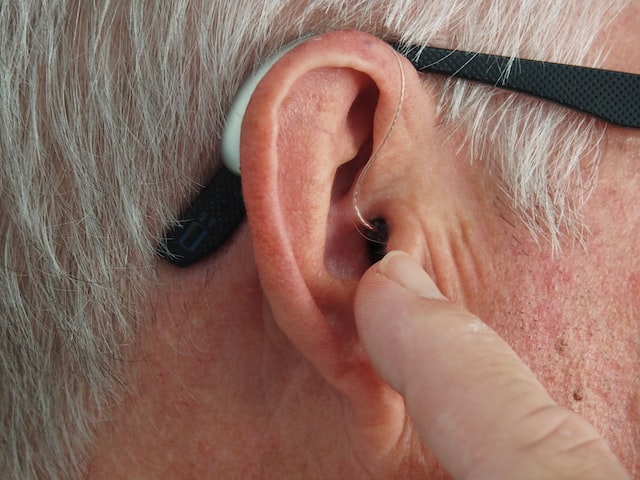The Popular Types of Hearing Aids For Seniors
When it comes to hearing assistance for seniors, there are several options available. Some possibilities include behind-the-ear (BTE) devices, in-the-canal (ITC) devices, and remote adjustment features.
Contents
Behind-The-Ear (BTE)
Behind-the-ear (BTE) hearing aids are lightweight and durable. They are easy to manage, making them a popular choice among patients with dexterity issues.
Hearing aids come in a variety of styles. The size, features, and level of hearing loss may affect which one is best for you. An audiologist can help you decide on the right type for your needs.
BTE-style hearing aids connect to a custom-fit earmold. Earmolds can be made of soft, flexible materials to make them more comfortable to wear.
Depending on the model, BTE devices may have more powerful features. However, they can also be more expensive. To choose a device that fits your budget, remember how much you will use it. For people who are homebound, an alarming device may be more beneficial.
When purchasing a hearing aid as a hearing assistance, consider the battery’s life. Batteries should be replaced every three to 20 days. Also, the battery life will vary depending on the type of battery used.
You will need a more powerful device if you have severe hearing loss. It’s also important to remember that Medicare doesn’t cover hearing aids. Private health insurance plans usually don’t pay for them.
Another consideration is the size of your ear. Some types of behind-the-ear hearing aids can be challenging to handle for people with smaller ears. Similarly, consider a larger device if you wear glasses.
In-The-Canal (ITC)
If you are looking for a hearing aid, consider getting an in-the-canal (ITC) device. These hearing aids are small, lightweight, and comfortable. They fit a specific ear canal, making them ideal for people with mild to moderate hearing loss. ITC devices are also the least visible of all hearing aids.
There are many types of in-the-canal devices to choose from. Some of these devices are more impressive than others. The most common is a small, battery-powered electronic device that sits in the outer ear or a larger device that fits into the ear canal. However, other options are a bit more complex but offer more features.
Another is a digital device that converts sound into computer codes. These devices have more advanced controls, which can be manually changed. Also, they come with a battery that lasts up to four days. Digital devices offer more features than their analog counterparts, such as automatically adjusting volume.
One of the tiniest hearing aids on the market is the Atom Pro. It is a small, wirelessly charged device that offers advanced sound processing and feedback cancellation. This model is the latest in a line of high-end Audien products.
Another is a telecoil, which lets you receive sound through a circuit. You can use this feature to get more out of a phone call.
Remote Adjustment Feature
Many hearing aids include a remote adjustment feature. This can be a great way to fine-tune certain features without taking the device out of your ear.
Remote adjustments can be performed through an app or a smartphone. The technology can vary depending on the manufacturer. However, there are a few key features to look for.
Some hearing aids have Bluetooth connectivity, which allows users to stream music and video clips directly to the device. Similarly, others have induction loop technology, which can be found in public places. These features make it easier for people to access healthcare at their convenience.
Noise-Suppression Feature
A noise-suppression feature in hearing aids can help people with mild to moderate hearing loss hear clearly in noisy environments. This feature lowers the volume of loud sounds and turns up speech signals.
The most common type of noise reduction system is a modulation-based system. It uses sensors to detect different sound levels and then adjusts itself at those levels.
Some hearing aids have a cellphone application that allows users to adjust their settings without touching the device. Others use remote control. Regardless of the device, hearing aids with this feature offer an excellent solution for users with a hearing disability.
A noise reduction feature also helps reduce listening fatigue and listening strain. It’s essential for older people because they may be unable to stand up to an entire conversation.
Noise-canceling microphones also help hearing aid users hold conversations in noisy environments. They work best when the microphone is close to the sound source.
Hearing aids with Bluetooth connectivity can connect to a smartphone app. These applications provide additional features like wind noise reduction and feedback management.
Noise-canceling microphones are useful in noisy environments, particularly in areas with a lot of background noise. Directional microphones are also used to improve the pickup of sounds in front of the user.
A noise-suppression feature in hearing devices does not improve speech quality but makes it easier to understand. You can consult your hearing healthcare professional to learn more about available options.

